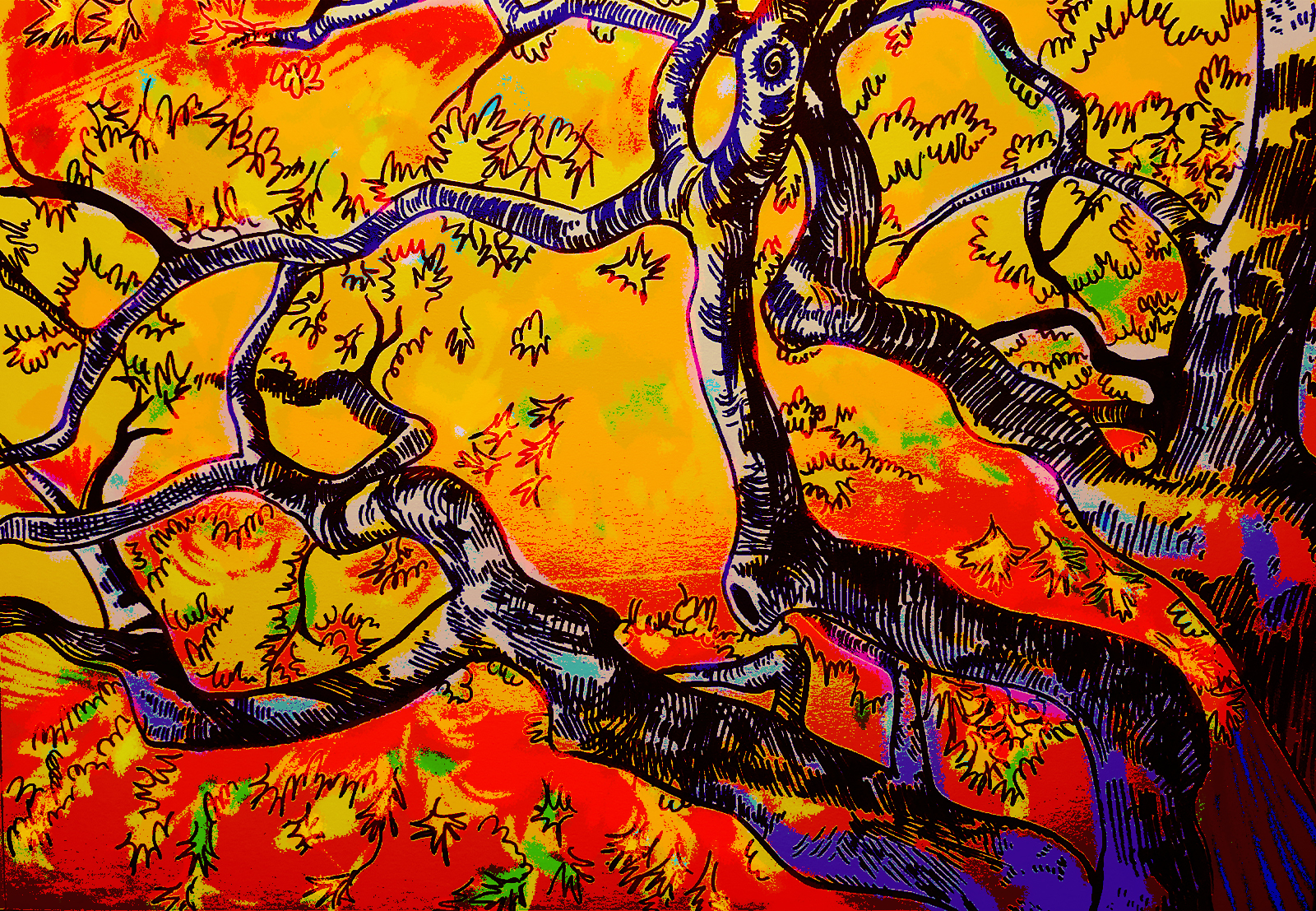As we prepare to head back onto campus, we are reminded of sights that bring us nothing but the purest joy. For some, the mere thought of meeting friends long unseen may do just the trick; for others, the picture may differ. If one thing is certain, however, it’s that we all seem to marvel at the browning of leaves that precedes the shedding of trees in winter. The purpose of this short note is to educate the reader on the process behind the phenomenon, together with its symbolic meaning, so that he may roam campus never without a thought in his mind, continuously reminded of the wondrous scientific (and otherwise) processes that underlie the mellifluous nature that surrounds us.
The Scientific Process
As the warmth of summer gradually gives way to the cool embrace of autumn, the trees undergo a remarkable transition. The leaves, once adorned in a vibrant shade of green, begin to reveal an array of colours, hitherto concealed. This shift in coloration is the product of a confluence of factors, including sunlight, temperature fluctuations, and the chemistry inherent within the leaves themselves.
Chlorophyll, the pigment responsible for the green in leaves, plays a pivotal role during the warmer months. The pigment is instrumental in photosynthesis, the process through which plants harness sunlight to produce energy. However, as days grow shorter and temperatures decline, chlorophyll production wanes. This reduction in chlorophyll levels allows other pigments to emerge, showcasing the stunning spectrum of colours that define autumn landscapes. Among these pigments are carotenoids, responsible for the warm yellows and oranges that are reminiscent of the setting sun. These pigments, present in leaves throughout the year, effectively come to the forefront as chlorophyll recedes.
Symbolic Significance
Browning extends an invitation to reflect on the cycles of nature and the fleeting nature of moments. The process encapsulates the essence of change, serving as a reminder that nothing in the natural world remains static, impermeable. It encourages us to pause and witness the gentle dance of transformation that occurs year after year, as trees shed their green attire in favour of a more subdued palette. This change, while seemingly gradual, holds profound wisdom. The leaves, as they fall to the ground, carpeting the earth in a tapestry of reds, yellows, and oranges, offer a tangible representation of the cyclical nature of life. Their descent serves as a reminder that even as one phase comes to an end, another is poised to begin.
We are also left to resonate metaphorically: we must embrace change with open arms. For, the most beautiful transformations often occur in the most unassuming of moments. The act of letting go – again, depicted by the falling of the leaves – thus mirrors the unburdening release of things that are no longer of use to us; allowing for a newer, more positive growth.
Browning is, in fine, a testament to both the beauty of science, as well as the impermanence and endurance of the cycle of renewal. As we witness this annual transformation, may we be struck with inspiration, and, in turn, discover a more profound connection with the ever-changing world that surrounds us.






